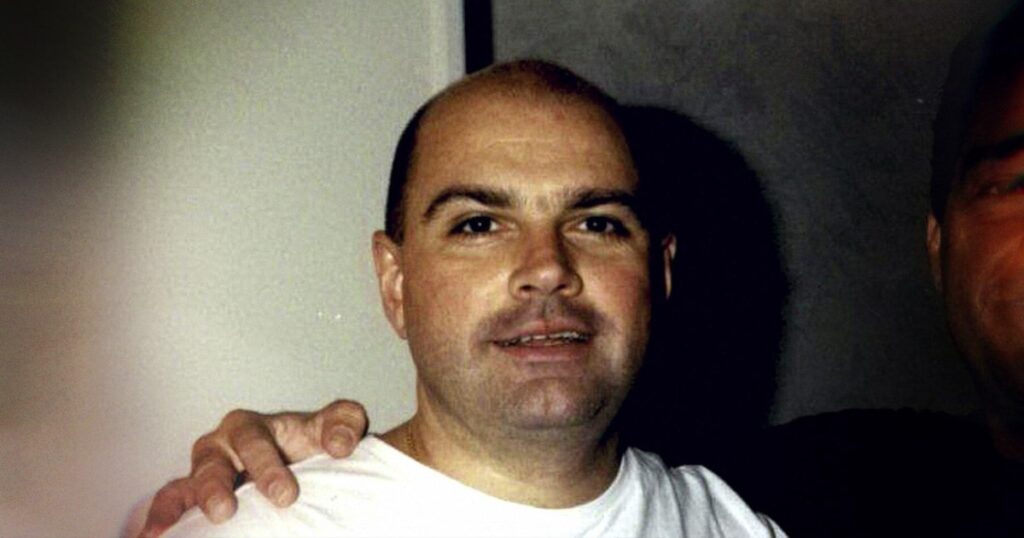On Feb. 22, a federal judge in New York issued what is likely to be the final decision in the case of the so-called Sarah Lawrence cult. The sickening details of this case have garnered much attention over the past few years, spawning a viral long-form investigation in New York magazine and a subsequent documentary on Hulu that premiered last month. The reporting and eventual criminal proceedings were shocking and a little prurient (the Hulu doc referred to a “sex cult”). But they also raise important questions about coercion and culpability.
The reporting and the eventual criminal trials were shocking and a little prurient.
Earlier this year, Larry Ray, the man who manipulated, abused and controlled a group of young men and women for close to 10 years, was sentenced to 60 years in prison for crimes including extortion and sex trafficking. In February, a young woman named Isabella Pollok was accused of being Ray’s “lieutenant” by prosecutors who said she adied and abetted his physically and sexually abusive behavior toward her friends. (Pollock ultimately pleaded guilty to a money laundering conspiracy charge and was sentenced to 4 1/2 years in prison.)
According to both of her defense lawyers and reporters, Pollok was a vulnerable college freshman when she met Ray, and within a year was drawn into a sexual relationship with him, a man decades her senior. Despite expressing remorse, shame and regret, the judge declared that Pollok had choices. But did she?
In the past few years, an onslaught of documentaries — some better than others — and a slew of podcasts have come out about cults and cult leaders. These have been accompanied by (a few) trials, resulting in accountability for at least some of these exploitative criminals.
Who are these people, who some might say are monsters among us? Yes, each cult is different and should be evaluated as such. Yet after 35 years of research and observation, including listening to and learning from survivors’…
Read the full article here





